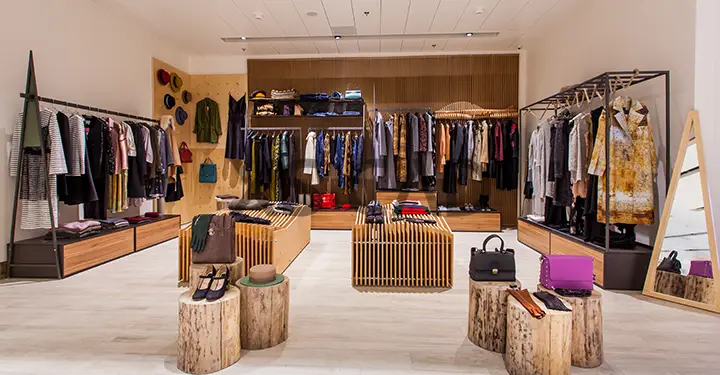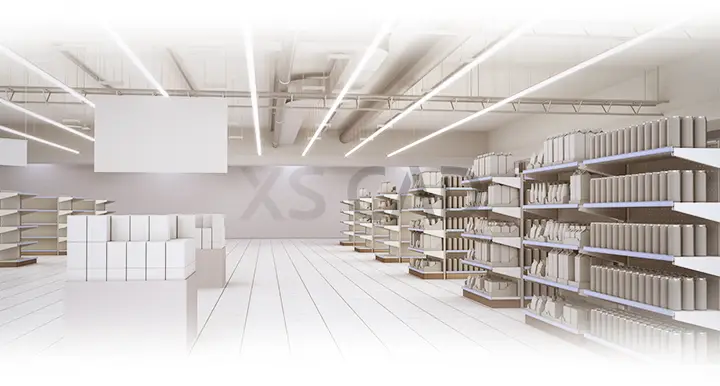Our Articles

When Will Retail Design Move Fully into 3D?
Shoppers are influenced by so much more than the merchandise. They want to be engaged, surprised, intrigued and even entertained, and once these things happen, they want the people they know to experience the same things. This makes it imperative for retail building design to focus on every aspect of the shopping experience through efficient retail space planning, using retail 3D modelling, retail 3D rendering and retail store 3D walk-throughs.
Retail design cannot afford to be too loud, to have confusing paths, to have obstructions or any other half-baked sales tactic being put into practice. Consumers will not be encouraged to stay in the retail space, examine merchandise nor make purchases.
Store design elements and floor plan layouts must be designed carefully for different customers and for a welcome customer experience. Shoppers must be able to comfortably and clearly navigate the retail space and focus their attention on the store’s merchandise and message.
Floor designing and planning software can help create effective retail store layouts. This software can help plan, manage and monitor work from anywhere. Roll-up reports on design workflows can be generated for retail chains with outlets in multiple locations to keep design teams informed, connected and on the same page.

Taking retail design to the next level involves the creation of 3D models, which makes a more compelling statement than 2D drawings.
Some of the main advantages of using 3D models in retail design are:
Other benefits of using 3D tools and models while planning retail spaces include:
Using 3D in retail design seems as if it is an obvious choice, yet some retailers and their design teams hold back due to a reluctance to change, scarcity of resources and perceived risks in finding technically qualified personnel.
To know more about retail design . . .
As an increasing number of retail chains are creating their own buildings, retail store building design takes on added importance. It is imperative that retail space design moves fully into 3D by employing reliable retail 3D visualisation services, who can provide high-quality retail 3D modelling, retail 3D rendering and retail store 3D walk-throughs.
XS CAD has valuable experience providing retail space planning and retail store building design services for retailers and retail design companies. Our range of services for retailers across the world include retail building design, retail space design, retail drawings, retail 3D modelling, retail 3D rendering and retail store 3D walk-throughs. We have proven to be a preferred retail design services provider, due to the high quality of our retail 3D visualisation services, created by using Revit, 3Ds Max, V-Ray, Adobe Photoshop and After Effects, Illustrator and BIM Collaboration Pro for cloud collaboration.

